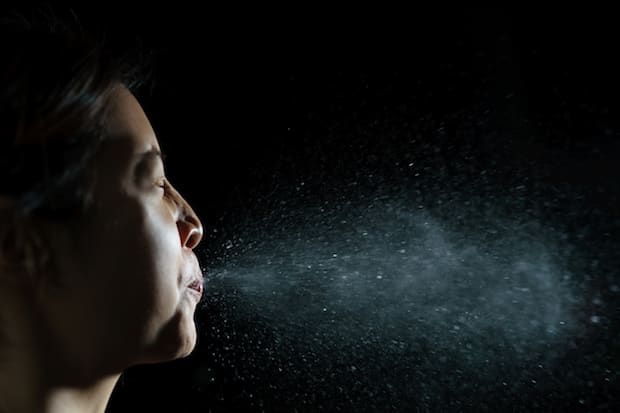Table of Contents
I. Symptoms of Chicken Pox and Shingles
IV. Similarities and Precautions
Shingles and chickenpox are closely related conditions. The same virus causes both infections, yet they are not the same illness. If you are diagnosed with shingles or chickenpox, your doctor may prescribe Zovirax (Acyclovir), Valtrex (Valacyclovir), or Famvir (Famciclovir) to treat symptoms.
In rare cases, shingles can lead to pneumonia, hearing problems, brain inflammation, blindness, or death. But for most healthy adults, shingles isn’t considered a serious health threat. [1] Like shingles, chickenpox does not pose a serious threat if treated early. [2] Complications are still a possibility, so consult your doctor about any discomforts you experience. Read on to learn about how the two conditions differ in symptoms, severity, and treatment options.
Chickenpox (varicella) is a condition where itchy blisters break out across the body. It is caused by the varicella-zoster virus (VZV), transmitted through contact with an infected person. The itchy blisters usually appear one to three weeks after exposure to the virus. Rashes can last between five to 10 days. Other symptoms may appear within two days prior to rash manifestation. These symptoms include fever, headache, fatigue, and loss of appetite. [2] 
Symptoms of Chicken Pox and Shingles
Get savings updates for Valtrex
Chickenpox typically occurs in children. After the skin infection has healed, the virus remains in the nerve cells and can reactivate in adulthood as shingles. Symptoms of shingles include sensitivity to touch, itchy fluid-filled blisters, and numbness or tingling. Shingles can also cause fever, headache, and sensitivity to light. Shingles can cause pain without displaying a rash and cause pain after the rash is healed. [3]
Transmitting the Virus
Chickenpox is highly contagious. You can be infected through direct contact with the rash. If someone with chickenpox sneezes or coughs on you, you can be infected by inhaling their air droplets. [2] Because shingles is the chickenpox virus reactivated, contracting chickenpox is equivalent to getting dormant shingles.
You can get VZV from a person with shingles the same way as with chickenpox—through contact with the rash or via air droplets. However, VZV only enters your nervous system after you recover from chickenpox, so a first-time infection will give you chickenpox. Not everyone who gets chickenpox will develop shingles. [3]
The main difference between the two conditions is that chickenpox occurs before shingles. While both conditions display a rash, shingles may cause long-term nerve pain (postherpetic neuralgia). This pain may occur when you take a shower, lift an object, or while sleeping. [4] Chickenpox will rarely occur twice. This is because chickenpox triggers an immune response, and you will likely develop antibodies that prevent you from getting chickenpox again. [5] On the other hand, you do not become immune to shingles after you have it, and VZV can reactivate a second time. It is rare, but some people can experience shingles a third time as well. Because it is so easy to transmit VZV, you should stay away from people who may be more vulnerable to the virus if you have chickenpox or shingles. People with a compromised immune system, pregnant women, and infants under 12 months may be more vulnerable to VZV. Additionally, people who have not had chickenpox or the chickenpox vaccine may be more at risk. You should take steps to manage your chickenpox or shingles as soon as symptoms show. You can prevent spreading the virus by keeping the rash loosely covered with a non-adhesive sterile bandage. Refrain from touching or scratching it to prevent exacerbation. Ice packs, wet cloths, or cool baths can help slow inflammation. Loose-fitting cotton clothing can also help prevent unnecessary skin irritation. [4] The symptoms of chickenpox and shingles can be treated with antiviral drugs. Antiviral drugs suppress the ability of the virus to replicate. [6] Zovirax (Acyclovir), Valtrex (Valacyclovir), and Famvir (Famciclovir) are also commonly prescribed antivirals that can help with sores and blisters. Both chickenpox and shingles can lead to serious complications, so talk to your doctor about treatment options as early as possible. The content in this article is intended for informational purposes only. This website does not provide medical advice. In all circumstances, you should always seek the advice of your physician and/or other qualified health professionals(s) for drug, medical condition, or treatment advice. The content provided on this website is not a substitute for professional medical advice, diagnosis, or treatment.
The Major Differences
Similarities and Precautions

Treatment
